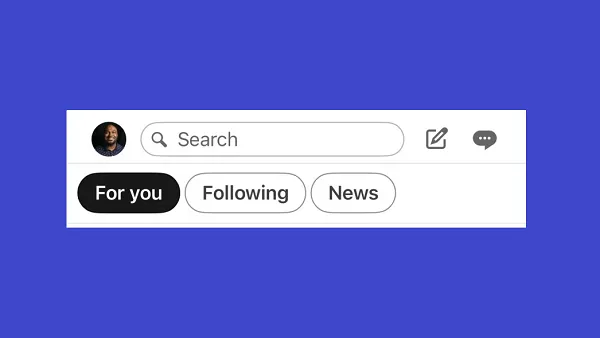Introduction: LinkedIn’s Shift in Feed Strategy
LinkedIn has begun scaling back its alternate feed test, a feature designed to give users more control over the type of content they see. The move comes after months of experimentation and feedback from selected users. The platform is now taking a step back to re-evaluate the feature’s performance and its impact on engagement.
The decision reflects LinkedIn’s ongoing effort to improve the user experience and balance professional networking content with trending updates and discussions.

What the Alternate Feed Test Offered
The alternate feed test was intended to give members a separate viewing option, allowing them to filter posts and focus on more relevant updates. Instead of scrolling through a single, algorithm-driven feed, participants could toggle between different content streams.
Users in the test group reported that the alternative feed helped them discover niche discussions and industry-specific posts. However, others felt it fragmented their browsing experience, requiring more time to keep up with multiple streams of content.
Why LinkedIn Is Scaling It Back
Feedback from test participants revealed a mixed reception. Some appreciated the extra control, while others preferred the simplicity of one main feed. LinkedIn observed that overall engagement metrics were not significantly improved by the change, prompting a decision to pause the wider rollout.
The platform is now shifting focus toward enhancing the existing main feed with smarter algorithms, better post recommendations, and tools to surface the most relevant updates.
How This Fits LinkedIn’s Broader Strategy
This update is part of LinkedIn’s broader mission to remain the go-to hub for professional networking and industry insights. The company has consistently tested new features — from content discovery tools to AI-driven recommendations — but only rolls out changes that prove to be valuable and engaging.
By scaling back the LinkedIn alternate feed test, the platform is signalling that it prioritizes user satisfaction over experimental rollouts that may complicate the browsing experience.
What’s Next for LinkedIn Users
While the alternate feed may not be going live for everyone, LinkedIn will continue exploring ways to give users more control over their content. The company is expected to refine its algorithm, enhance personalization settings, and possibly revisit the idea in a more integrated form.
For now, members can still use existing features like “Sort by Recent,” muting irrelevant posts, and adjusting feed preferences to tailor their experience.
Key Takeaways for Professionals and Businesses
- Focus on Quality Content – LinkedIn is doubling down on valuable, relevant posts. Brands should create industry-specific updates that foster engagement.
- Engagement Still Matters Most – Features that don’t boost interaction are unlikely to stick. Consistent participation is key.
- Stay Agile with Strategies – Social platforms can pivot quickly. Businesses should remain flexible and adapt to evolving feed algorithms.
Conclusion: A Strategic Pause, Not a Full Stop
LinkedIn’s decision to scale back its alternate feed test is not a failure but rather a strategic pause. It’s a signal that the platform listens to its users and prioritizes features that strengthen professional networking. As LinkedIn continues refining its feed experience, members can expect smarter, more relevant content delivery in the near future.




